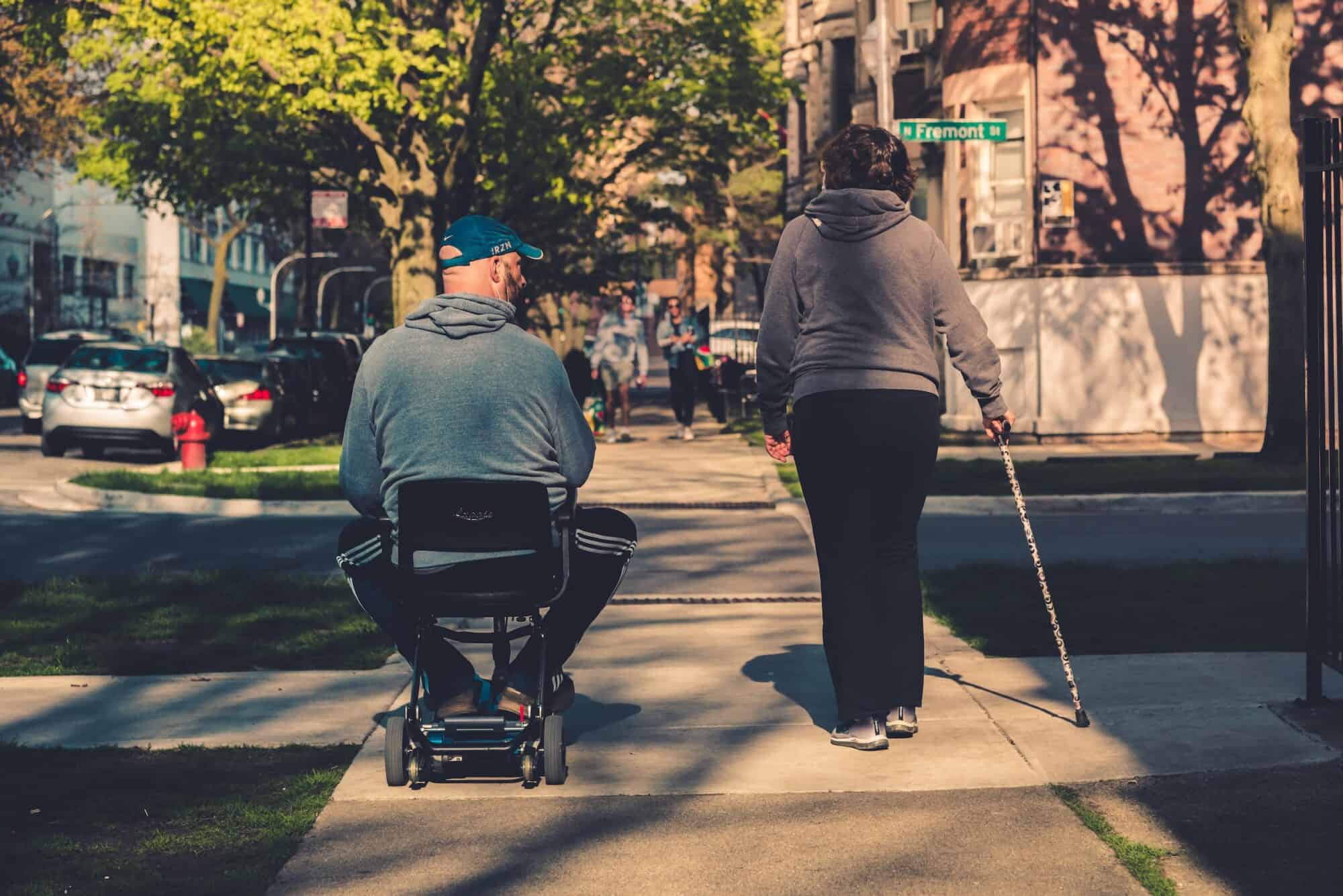Going forward, it is time the federal government be responsible for providing an adequate income security program for Canadians with disabilities, while enabling the provinces to invest in an affordable and safe supply of personal supports and care services. As a society, we’ve determined that seniors and children aren’t expected or required to participate in the labour market, paving the pathway for federal programs like the Canada Child Benefit and the Canada Pension Plan. In a post-COVID-19 future, individuals with severe disabilities should be part of this group.
Provincial governments have demonstrated a serious lack of leadership in providing financial aid to people with disabilities during the pandemic. Only three provinces have offered COVID-related income support to people on social assistance. In most provinces, people on social assistance who receive the Canada Emergency Response Benefit (CERB) will no longer be eligible for social assistance. And, contrary to the stated wishes of the federal government, most provinces are partially or fully clawing back CERB received by individuals on social assistance. This means these vulnerable, low-income Canadians are not getting the full support intended. Just one province, Ontario, which is applying a partial clawback, has said it will reinvest the funds into social assistance to further help those who need to access income support.
Four months into the pandemic, the federal government, announced plans for a one-time, tax-free payment, up to $600 payment for people who are registered for the Disability Tax Credit (DTC), a non-refundable federal tax measure for those with severe disabilities. The necessary legislation for this measure did not pass, so this benefit is not immediately forthcoming.
However, even if this one-time DTC benefit had passed, most people living with disabilities would have been left out. Significant and widespread gaps remain across the country in meeting the costs of living with a disability during the pandemic.
According to the 2017 Canadian Disability Survey, 6.2 million people aged 15 and over identify as having a disability. Of these, 2.7 million people report having a severe or very severe disability. The DTC has 1.2 million registrants, resulting in coverage for less than half of individuals living with severe disabilities. The needs for income support are evident. Among working age people aged 25 to 64, of those with no disability, 10 per cent live below Canada’s official poverty line. For those with severe disabilities, 28 per cent are living in poverty — and were so before the social and economic calamity of COVID-19.
In comparison to seniors who receive Old Age Security and guaranteed income programs for families with children like the Canada Child Benefit, and for low-income workers like the Canada Workers Benefit, there is no federal income security program that specifically provides income support or income supplementation to Canadians with disabilities.
This wasn’t always the case. For most of the 20th century, the federal government did cost-share with the provinces on income assistance for people with significant disabilities, supporting the development and maintenance of a national safety net for disabled Canadians. That ended in 1996, with the cancellation of the Canada Assistance Plan and the introduction of what became the Canada Social Transfer. Interestingly, in 1996 First Ministers also identified families with children and Canadians with disabilities as collective priorities. On the income security side, much more has been done for families and children in the intervening years than for people with disabilities.
The adequacy of provincial social assistance has fallen over time since. Data from the Maytree Foundation show that from 1996 to 2018 and adjusting for inflation, the value of welfare income for a single person with a disability increased in only one province, remained more or less stable in three provinces, and declined in purchasing power in six provinces, in some jurisdictions falling by $2,000 or more. In 2018, the maximum welfare income for a person with a disability ranged from as low of just under $10,000 a year in New Brunswick to almost $20,000 in Alberta.
It is time to address these limitations in adequacy and equity in the safety net for Canadians with disabilities and to examine major reform options moving forward.
- Introducing a Canada basic income program for people with severe disabilities. In close cooperation with the provinces, the federal government should establish a national basic income that could be modelled along the lines of the Old Age Security/Guaranteed Income programs for seniors. The benefit would be paid monthly, indexed to the cost of living, free of social stigma, portable across the country and the maximum benefit would be the same as for eligible low income seniors under the OAS/GIS.
- This federal income security initiative would generate savings for provinces, potentially $2 to $3 billion overall. It would then free up funding for provinces as the new basic income program would replace provincial/territorial social assistance for most working-age persons with severe disabilities. This amount is large enough to justify an investment and accountability framework that would enable provinces and territories to reallocate funds to urgently needed personal supports as well as home-based and community services for those with disabilities.
As we have learned during this pandemic with long term care facilities, there is a central role by provincial and territorial governments in ensuring the availability of affordable, quality and accessible services and supports for people with disabilities in their everyday lives. And there is a principal role for the federal government in the provision of income security to people with disabilities through direct transfers to individuals and families.





